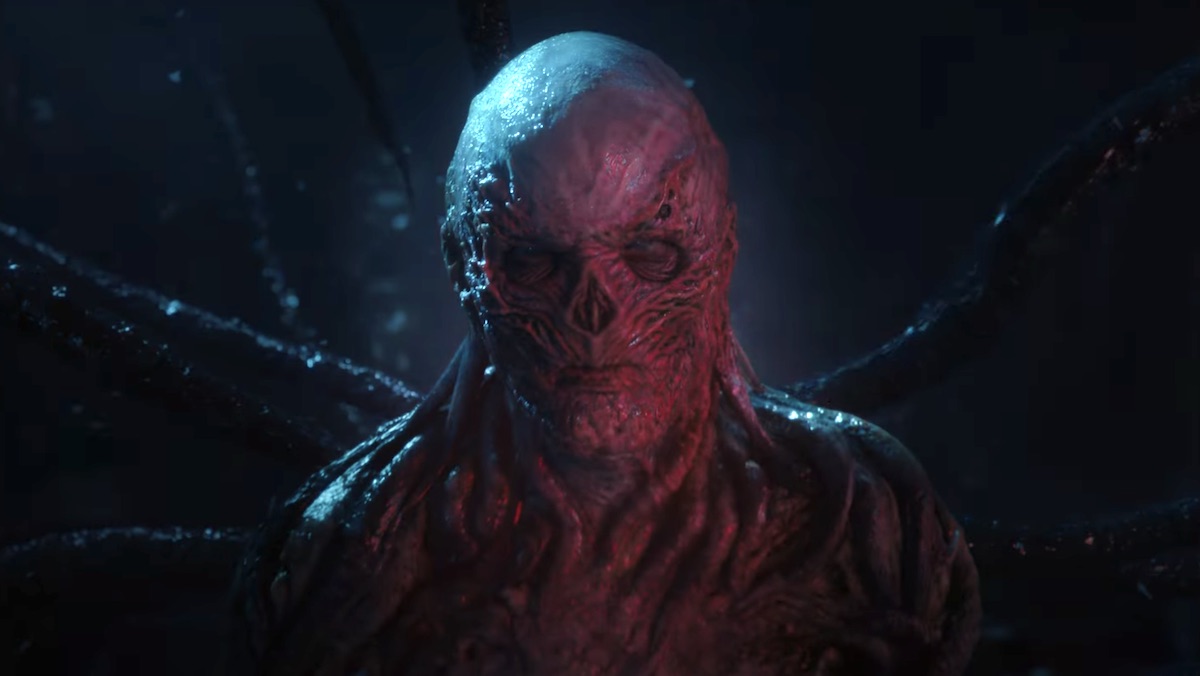The Cold War waged by the US and USSR from 1947 to 1991 has played a major role on Stranger Things from the show’s start. Dr. Martin Brenner recruited a cadre of super powered kids to serve as weapons in the battle for global dominance. That’s how the Demogorgon came to Indiana in the first place. Eleven was attempting to remotely spy on the Soviets when she accidentally opened a portal to a dark parallel dimension. The Cold War’s influence on the series only intensified during season three, when the USSR came to Hawkins. Now Stranger Things 4 will see Hawkins go to Russia. Jim Hopper is alive and being held captive on the Russian peninsula of Kamchatka. But Stranger Things’ own timeline and the real world meetings that ended the Cold War point towards the Upside Down playing a big part in thawing relations between the two countries.

According to Netflix, Stranger Things 4 takes place six months after the season three finale Battle of Starcourt Mall. That fight happened on July 4, 1985, placing season four in early 1986 with the fifth and final season sometime in 1987 or later. A time frame that coincides with an important series of diplomatic endeavors between the two superpowers.
The dissolution of the Soviet Union on December 26, 1991 marked the formal end of the Cold War. But the peace process between the US and USSR began in earnest during 1985. That November, while the Byers family was on its way to California, President Ronald Reagan and Soviet General Secretary Mikhail Gorbachev met face-to-face for the first time. The Geneva Summit in Switzerland did not lead to any arms treaties, but it did lead to more meetings.
The pair met again in Iceland during October 1986. Known as the Reykjavik Summit, the two once again failed to reach an agreement. They got close, though. Negotiations fell apart at the very end as they neared a deal. But what happened during that meeting, when the two countries came so close to a formal agreement, forever changed the world. Here’s what the Association for Diplomatic Studies & Training says about the real legacy of that gathering:
Though ultimately a failure, the Reykjavik Summit changed the relationship between the United States and the USSR, and provided a platform for a continuing dialogue between the two countries. It eventually resulted in the 1987 signing of the Intermediate Nuclear Forces Treaty (INF), and is often cited as the end of the Cold War.
Gorbachev thought the INF treaty—agreed to in late 1987, formally ratified by the US Senate the following spring, and officially put in place on June 1, 1988—“truly” marked the end of the Cold War a full three years before the collapse of the Soviet Union. And Gorbachev didn’t thank that because one country cowed the other into submission. It wasn’t because one had beaten the other on the battlefield. And it wasn’t because one built a super weapon that could wipe out the other. The Cold War ended when both countries stopped their arms race, which had threatened every living thing on Earth. Which is exactly what Eleven did at Hawkins Lab when she inadvertently brought the Upside Down into the real world. She accidentally put the entire planet in peril.
We don’t know what year Stranger Things 5, the show’s final season, will take place in. But thus far each season has been set in a different year. And whether the show ends in 1987, ’88, or even ’89, its conclusion will coincide with the de facto end of the Cold War. Considering both countries have tried weaponizing that secret dark parallel plane in its quest to crush the other, might the eventual realization that the Upside Down cannot be controlled, and will therefore assure mutual annihilation, be what actually stops all hostilities? Could the secret impetus for the INF Treaty be demogorgons, Mind Flayers, and Vecna just as much as nuclear weapons?
That might sound absurd, since Stranger Things is a sci-fi horror series about dangerous monsters and the Cold War was very real. But it’s exactly the type of thing Ronald Reagan worried about.

In 1985 during their first summit together, the two leaders took a break from negotiations to take a walk. Their interpreters were the only other people to accompany them, and what they spoke about remained a secret for decades. It wasn’t until 2009 that Reagan’s Secretary of State George Shultz revealed the surreal truth of that unofficial chat. And the topic of that conversation takes on a whole new meaning when considering the events of Stranger Things. Gorbachev told Shultz Reagan asked the Soviet leader, “What would you do if the United States were suddenly attacked by someone from outer space? Would you help us?” Gorbachev said yes, and Reagan confirmed the US would also come to the aid of the USSR if aliens attacked them.
Gorbachev found the moment “interesting.” As will all fans of Stranger Things. Because while the Upside Down might not be another planet, it is another world. And just like nuclear war, it’s a risk to the US, USSR, and everyone else on Earth. Stopping it might require two enemies to stop fighting one another.
On Stranger Things, the Cold War led to an arms race that opened a portal to another dimension. It would only be fitting if the existential threat that pathway poses to Earth might prove to be what finally melted the barriers between the superpowers who walked its dark road.
Mikey Walsh is a staff writer at Nerdist. You can follow him on Twitter at @burgermike. And also anywhere someone is ranking the Targaryen kings.
The post How the Cold War’s Real-Life Ending Could Connect to STRANGER THINGS appeared first on Nerdist.


0 Comments